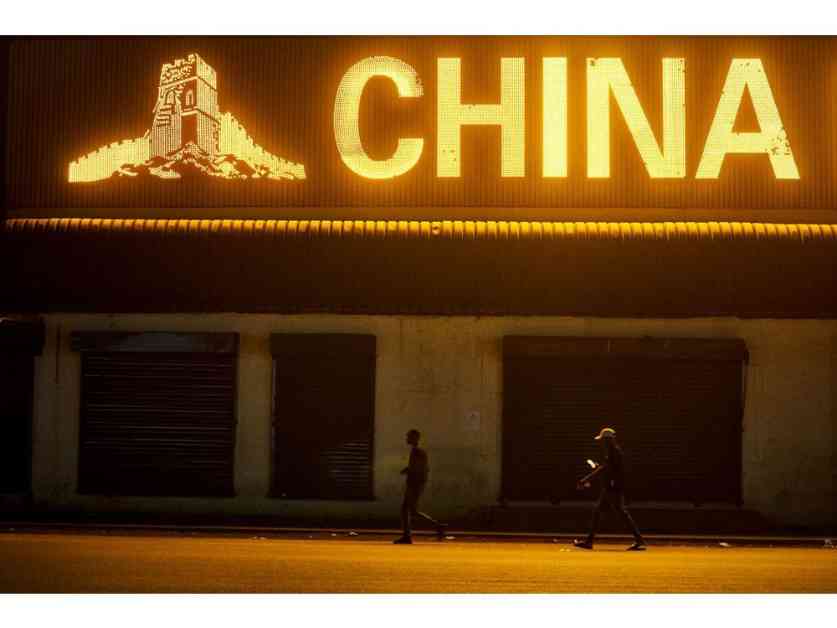Xi Jinping, the President of China, is reevaluating the strategy for African debt deals to ensure greater returns and fewer complications. Over the past decade, China has invested over $120 billion in government-backed loans through its Belt and Road Initiative, funding infrastructure projects such as hydropower plants, roads, and rail lines across Africa. While this investment has solidified China’s influence on the continent, it has also raised concerns about debt traps, exploitation, and corruption.
As African countries faced debt distress and defaults, China is now proposing a shift towards commercial loans that can offer better returns for Chinese investors. This new approach aims to prioritize profitability and sustainability in future projects, moving away from the grandiose lending practices of the past.
### China’s Evolving Strategy
China’s traditional lending to Africa through state-run policy banks peaked at $28.8 billion in 2016, making it the largest bilateral creditor to the continent. However, in recent years, China has shifted its focus towards commercial loans, aiming to strike a balance between profitability and risk mitigation. Projects like the $20 billion iron ore mine and railway in Guinea, a $5 billion oil pipeline in Uganda and Tanzania, and a $400 million cash-for-oil loan in Niger exemplify China’s new approach to debt deals in Africa.
### African Response and Challenges
African governments, initially drawn to China’s lending for major infrastructure projects, soon realized the strain on their budgets and the performance gaps in some of the projects. Zambia’s default in 2020, followed by Ghana, highlighted the risks associated with Chinese debt. Despite some successful projects like the Kafue Gorge Lower Hydropower Station in Zambia, many others have faced challenges, such as the abandoned light rail project in Nigeria’s capital.
As African nations navigate debt restructuring and seek new financing options, China’s public-private partnership model emerges as a key strategy. By involving private sector investors and leveraging resources efficiently, African countries can continue to build critical infrastructure without accumulating additional sovereign debt.
### Future Prospects and Concerns
While China’s new approach to African debt deals offers opportunities for sustainable development, concerns remain about the transparency and long-term implications of these partnerships. The shift towards public-private partnerships raises questions about fiscal risks and debt transparency in the region.
As China continues to play a significant role in Africa’s economic landscape, other global players like the US and countries in the Middle East have also stepped in to fill the void left by China’s reduced lending. However, African leaders still see Chinese investments as crucial for their development, despite the challenges associated with debt management.
In conclusion, China’s evolving strategy for African debt deals reflects a broader shift towards profitability and sustainability in infrastructure projects. By embracing public-private partnerships and innovative financing models, China and African nations can work together to achieve mutual prosperity while addressing the challenges of debt sustainability and transparency.






















